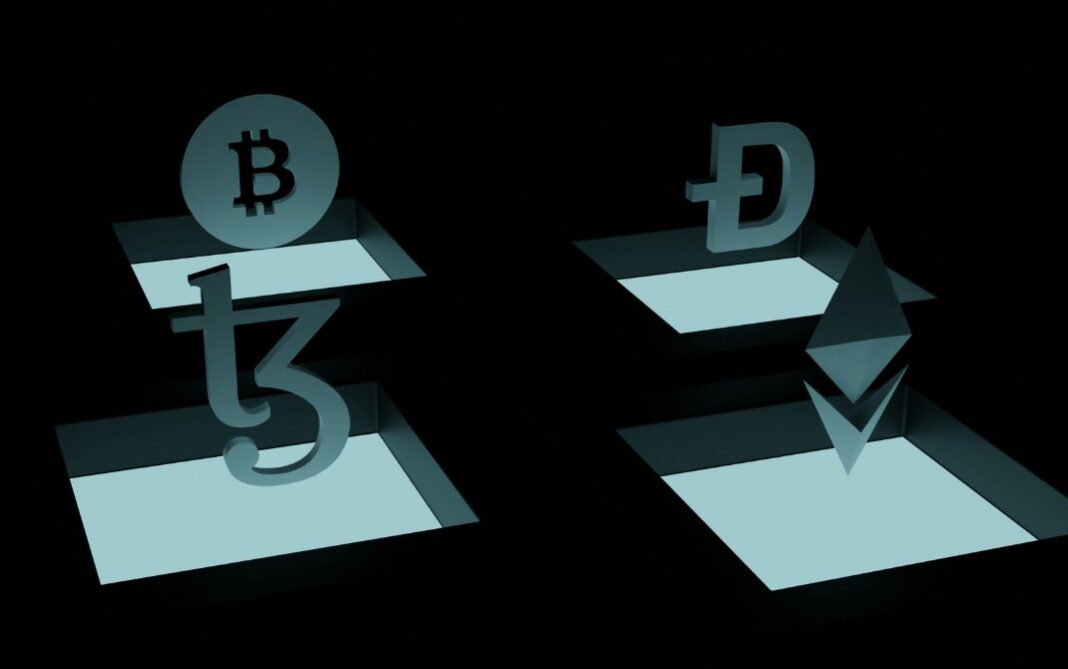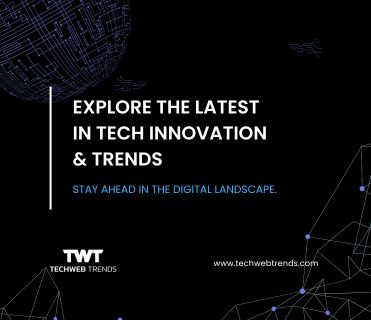While the headlines may have moved on from crypto booms and busts, blockchain is far from fading away. In fact, behind the scenes, it is quietly becoming one of the foundational technologies shaping the next evolution of the internet, often referred to as Web3 or the decentralized web.
This new phase of digital infrastructure is not about speculative coins or hype-driven tokens. It is about rethinking how data, identity, ownership, and value flow online. Blockchain, once seen as a fringe innovation, is now being adopted as a trusted layer for transparency, security, and user empowerment.
Also Read: Modular Blockchains Explained: Why the Monolithic Era Is Ending
From Platforms to Protocols
The current internet is dominated by platforms. Large tech companies control the flow of data, access to services, and monetization models. Users contribute content and data but rarely retain ownership or control.
The Web3 movement aims to change that. Blockchain makes it possible to build systems based on protocols rather than platforms. In this new model, rules are encoded into transparent smart contracts, and users interact directly with services without relying on centralized intermediaries.
This shift is subtle but significant. By removing the need for trust in any one entity, blockchain allows for open, verifiable systems that can scale globally while remaining resilient and fair.
Digital Identity and Self-Sovereignty
One of the most promising applications of blockchain in the new web is the concept of decentralized identity. Instead of logging into every app or website with a different username and password, users can maintain a secure, blockchain-verified identity that they fully control.
This self-sovereign identity can streamline everything from age verification to healthcare access, without exposing sensitive personal information. It also reduces the risk of data breaches and gives users more agency over who can access their information and when.
As privacy concerns continue to rise, blockchain-backed identity solutions are gaining serious traction among governments, enterprises, and developers.
Tokenization and Ownership of Digital Assets
Blockchain is also enabling the tokenization of digital assets, allowing users to own, trade, and monetize everything from art and music to in-game items and intellectual property. While non-fungible tokens (NFTs) may have made headlines for celebrity-driven collectibles, their real power lies in the infrastructure they create for verifiable digital ownership.
This infrastructure is quietly being adopted in sectors like supply chain, licensing, real estate, and publishing. For example, creators can now receive royalties automatically every time their content is resold, thanks to programmable smart contracts.
These mechanisms are giving rise to new economic models where ownership, contribution, and value creation are more equitably distributed.
Interoperability and Open Innovation
Another key strength of blockchain is its potential to improve interoperability between systems. Traditional platforms tend to be siloed and proprietary. Blockchain-based applications, on the other hand, are typically built on open standards that allow different services to connect and share data securely.
This creates a fertile environment for composability, where developers can build on top of existing tools and protocols, accelerating innovation. Just as open source transformed software, open blockchain protocols are laying the groundwork for a more collaborative and decentralized internet.
Quiet Progress with Lasting Impact
Despite the reduced media attention, investment in blockchain infrastructure continues to grow. Enterprises are integrating private blockchain networks for secure data sharing. Financial institutions are experimenting with tokenized assets and central bank digital currencies. Startups are building decentralized applications that challenge traditional models across finance, media, and governance.
The shift is not loud or sudden. It is quiet, foundational, and systemic. Much like how cloud computing slowly became the backbone of modern business, blockchain is positioning itself as the trust layer of the internet.
Also Read: From Gas Fees to Green Chains: Is Sustainability Crypto’s Next Battlefront?
Conclusion
Blockchain is no longer just about cryptocurrencies. It is becoming the invisible engine behind a more open, resilient, and user-centric web. As the internet continues to evolve, blockchain’s role will expand, not as a replacement for existing systems, but as the connective tissue that allows them to operate more transparently and collaboratively.
In the story of the new web, blockchain is not the headline; it is the infrastructure making everything else possible.




